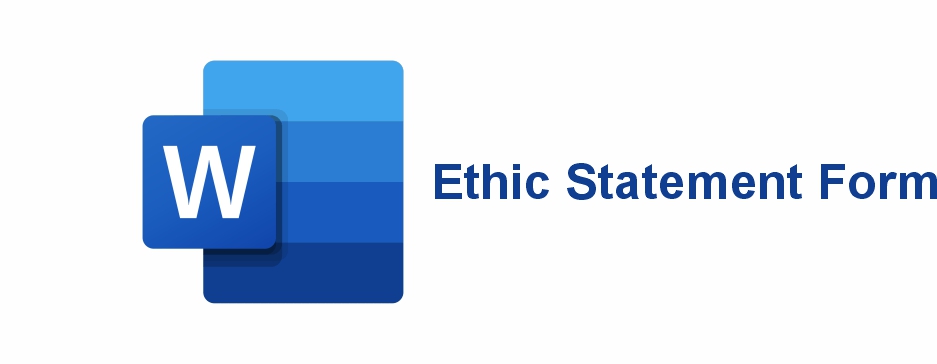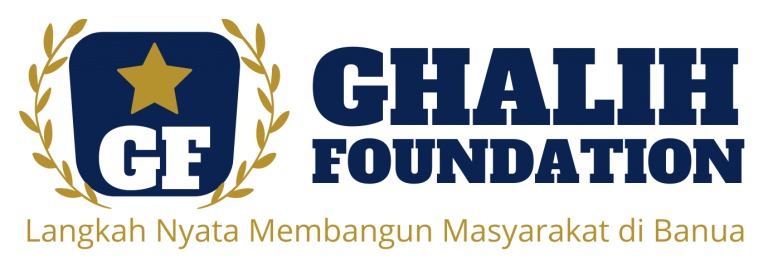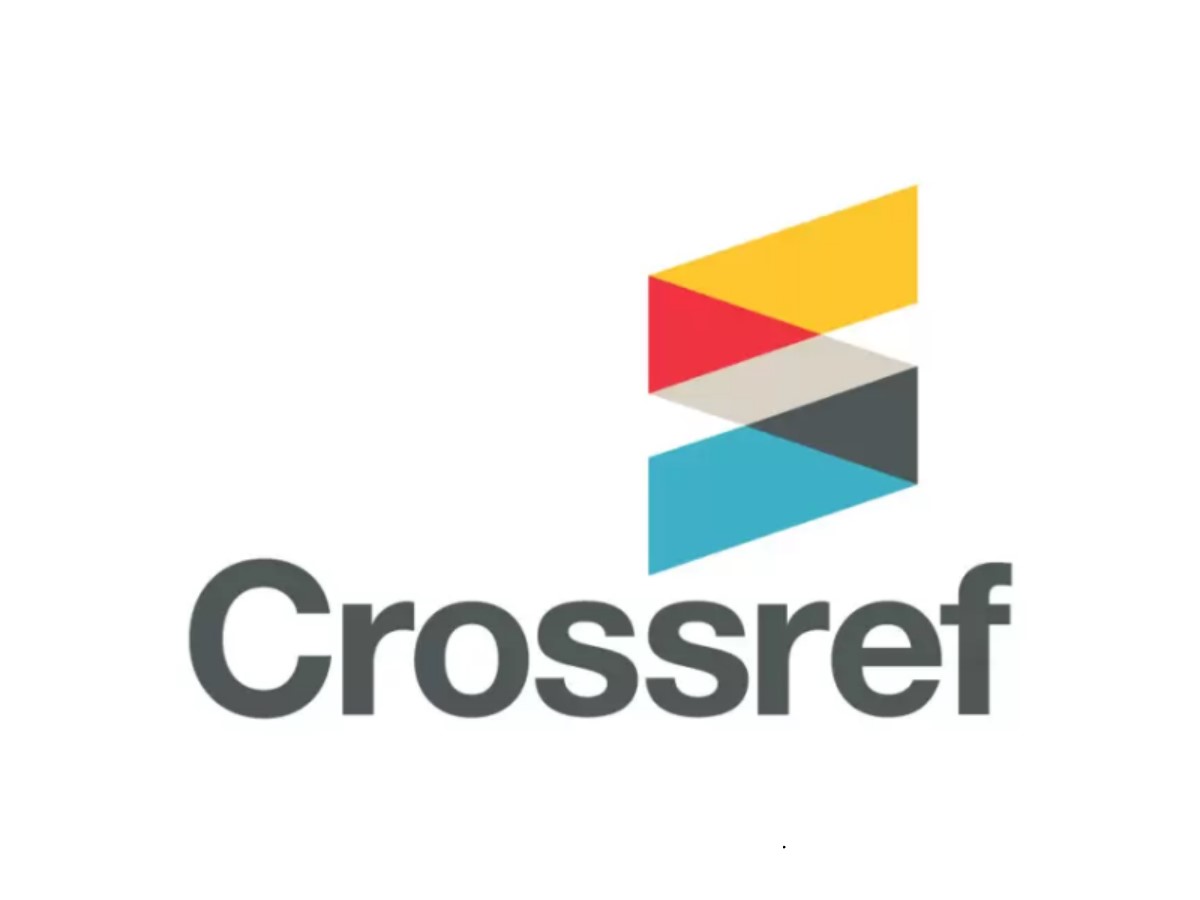PEMODELAN DAN ANALISIS KINEMATIKA MEKANISME ENGKOL PELUNCUR BERBASIS KOMPUTER
Keywords:
Kinematika, Engkol-Peluncur, Komputer, VirtualAbstract
Beberapa alat bantu perangkat lunak yang tersedia dipasaran dapat dimanfaatkan untuk meningkatkan tugas-tugas desain dan analisis yang berhubungan dengan mekanisme dan sistem-sistem dinamis lainnya. Tulisan ini membahas analisis kinematika dari mekanisme engkol-peluncur (poros engkol/slider-crank) melalui komparasi dari beberapa tool yang tersedia pada beberapa perangkat lunak yaitu Mathematica® 6, SolidWorks® 2010 dan Slider Student Edition® 2003 dengan cara membuat model kinematis dari mekanisme tersebut serta mensimulasikannya. Dari studi ini diharapkan akan didapat optimisasi desain sistem mekanisme yang umum dijumpai di teknik mesin misalnya engkol-peluncur disamping untuk menunjukkan simulasi berbasis media digital yang dapat dimanfaatkan untuk mengomunikasikan hasil-hasilnya. Simulasi tersebut menciptakan konsep laboratorium virtual sebagai sebuah tool untuk mengajarkan pemahaman kinematika (dan juga kinetika) dari suatu mekanisme permesinan.Downloads
References
Klein Breteler, A. J. 1987. Kinematic Optimization of Mechanisms, a Finite Element Approach. Thesis TU Delft.
Irawan, Malik. 2010. Modul Bahan Ajar Mata Kuliah Kinematika dan Dinamika. PolSri: Program Studi Teknik Mesin.
Norton, L. R. 2004. Dynamic of Machinery 2rd Edition, NewYork: McGraw-Hill Inc.
Vinogradov,O. MechanismDesign. http://www.enme.ucalgary.ca/ courses/ enme473. di download Juni 2006.
W. P. Boyle dan Liu, K. 1997. Dimensional Optimization for the Crank-Rocker Mechanism using TK Solver. Int. Jour. Appl. Engng. Ed., 6, pp. 417-425, Great Britain.
Wolfram, S. 1991. Mathematica: A System For Doing Mathematics by Computer. Second Edition. California: Addison-Wesley Publishing Company, Inc.
Published
How to Cite
Issue
Section
License
The Authors submitting a manuscript do so on the understanding that if accepted for publication, Authors retain copyright and grant the AUSTENIT right of first publication with the work simultaneously licensed under a Creative Commons Attribution-ShareAlike License that allows others to share the work with an acknowledgment of the work's authorship and initial publication in this journal.
AUSTENIT, the Editors and the Advisory International Editorial Board make every effort to ensure that no wrong or misleading data, opinions or statements be published in the journal. In any way, the contents of the articles and advertisements published in AUSTENIT are the sole responsibility of their respective authors and advertisers.















